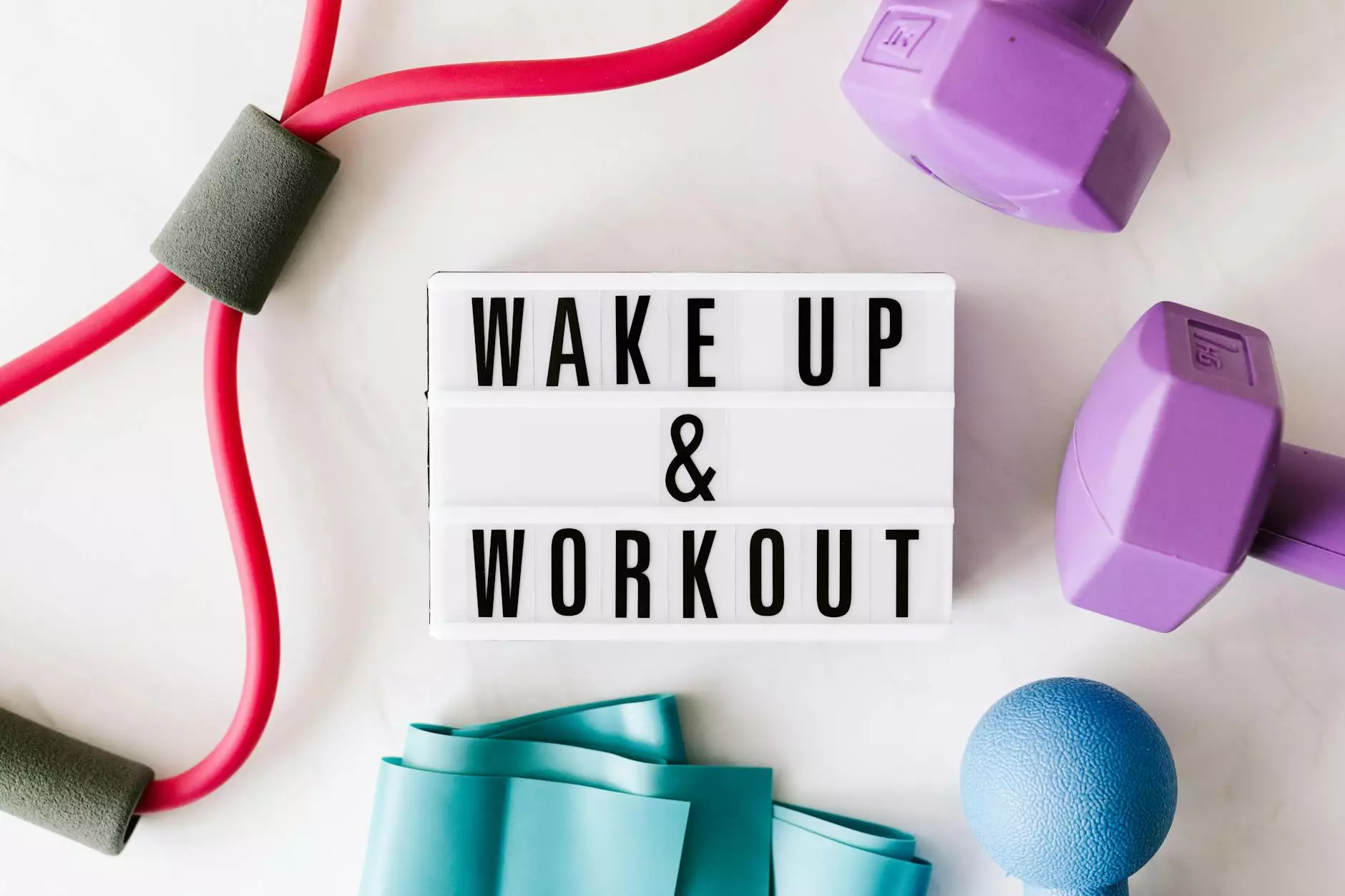How to Create a Fitness App: A Comprehensive Guide

In the modern world, fitness apps have become an essential tool for health enthusiasts and anyone looking to manage their fitness journey effectively. With the increasing demand for such applications, developing a unique and value-driven fitness app can be a lucrative venture. This article serves as a detailed roadmap to guide you on how to create a fitness app from scratch, emphasizing essential features, design principles, technology stacks, and marketing strategies for success.
Understanding the Market
Before diving into development, it’s vital to understand the fitness app market. According to various reports, the fitness app market is projected to reach billions of dollars in revenue in the upcoming years. Key players like MyFitnessPal, Fitbit, and Strava have set high standards in usability and features.
Identifying Your Target Audience
Knowing your audience helps tailor your app's functionality and design. Below are key demographics to consider:
- Fitness Enthusiasts: Regular gym-goers who seek tracking and improvement.
- Beginners: Individuals new to fitness wanting guidance.
- Wellness Seekers: Users focused on overall health, including mental wellness.
- Personal Trainers: Professionals needing a tool to manage their clients.
Choosing the Right Features
A successful fitness app must offer a combination of essential features that enhance user experience and retention. Here’s a breakdown:
1. User Profiles
Allow users to create personalized profiles where they can input their health data, fitness goals, and preferences. This feature enhances user engagement and enables tailored recommendations.
2. Activity Tracking
Integrate features that enable users to track various activities such as running, cycling, and weightlifting. Consider leveraging GPS tracking for outdoor activities.
3. Workout Plans
Offer pre-designed workout routines and customizable plans based on user goals. Make it easy for users to follow along with clear instructions and video demonstrations.
4. Nutrition Tracking
Incorporate a nutrition tracking feature that allows users to input meals and monitor their caloric intake. A barcode scanner for food items can enhance this experience.
5. Community Features
Users enjoy interacting with others. Implement social features like forums, challenges, and leaderboards to increase user engagement and motivation.
6. Integration with Wearable Devices
Connect your app with wearable technology such as fitness trackers and smartwatches. This integration can offer a seamless user experience and real-time data syncing.
Designing Your Fitness App
The design of your fitness app plays a crucial role in user retention. Focus on a user-friendly interface that simplifies navigation and enhances the overall user experience.
1. User Interface (UI) Design
Implement a clean, modern design that prioritizes functionality. Use contrasting colors for buttons and clear typography to enhance readability.
2. User Experience (UX) Design
Focus on intuitive navigation, ensuring that users can easily access different sections. Incorporate user feedback loops to continuously improve the UX based on user needs.
3. Prototyping and Testing
Before the final launch, create prototypes and conduct usability testing with real users. Gathering insights during this phase is essential to refine your app further.
Selecting the Right Tech Stack
Choosing the right technology is crucial when developing a fitness app. Here’s an overview of the typical tech stack components:
1. Frontend Development
For the frontend, consider using frameworks like React Native or Flutter to allow for cross-platform compatibility. These frameworks help you build apps for both iOS and Android effectively.
2. Backend Development
The backend is essential for processing user data and ensuring smooth app operation. Use platforms like Node.js or Django for scalable backend development. Ensure a robust database, such as MongoDB or PostgreSQL.
3. API Integration
Integrate third-party APIs for functionalities like GPS tracking, nutrition databases, or integration with fitness equipment. Popular choices include Google Maps API and Nutritionix API.
4. Cloud Services
Utilize cloud services such as Amazon AWS or Google Cloud Platform for hosting, data storage, and security, ensuring your app can scale as your user base grows.
Development Process
The development process generally follows several key phases:
1. Planning
Map out your app’s functionality, features, target audience, and budget requirements. It's fundamental to set a clear roadmap for development.
2. Development
Start coding your app, iterating through the design and frontend elements while ensuring the backend supports its functionality.
3. Testing
Conduct rigorous testing through unit tests, system tests, and user acceptance tests. Feedback from real users is invaluable during this stage.
4. Launch
Once testing is complete, prepare for the launch. Optimize your app store listings with compelling descriptions and visuals to attract downloads.
Marketing Your Fitness App
Creating an excellent fitness app is just the start; marketing it effectively is crucial for success. Here are some effective strategies:
1. App Store Optimization (ASO)
Optimize your app listing with relevant keywords, engaging descriptions, and high-quality screenshots. This practice improves visibility in app stores and attracts more downloads.
2. Social Media Marketing
Utilize platforms like Instagram, Facebook, and TikTok to engage users. Share valuable fitness content, user testimonials, and app updates to maintain user interest and retention.
3. Content Marketing
Start a blog or video series offering nutrition tips, workout advice, and health insights. This positions you as an authority in the fitness niche and drives organic traffic to your app.
4. Influencer Collaborations
Partner with fitness influencers to promote your app. Their endorsement can significantly enhance your credibility and reach a wider audience.
Monetization Strategies
Select a monetization model that aligns with your audience’s preferences and enhances their experience. Some popular options include:
- Freemium Model: Offer free access to basic features while charging for premium content.
- Subscription Model: Implement recurring billing for ongoing access to features and new content.
- In-App Purchases: Sell additional features, workout plans, or specialized content within the app.
- Advertising: Allow third-party ads to be displayed, although this should not interfere significantly with the user experience.
Conclusion
Creating a successful fitness app involves a combination of market research, thoughtful design, robust development, and strategic marketing. By focusing on user needs and offering valuable features, you can establish a standout application in the fitness industry.
As the landscape of health and wellness continues to evolve, opportunities abound for innovative fitness applications. By following this comprehensive guide on how to create a fitness app, you are well on your way to contributing to users' fitness journeys, while simultaneously building a successful business.



